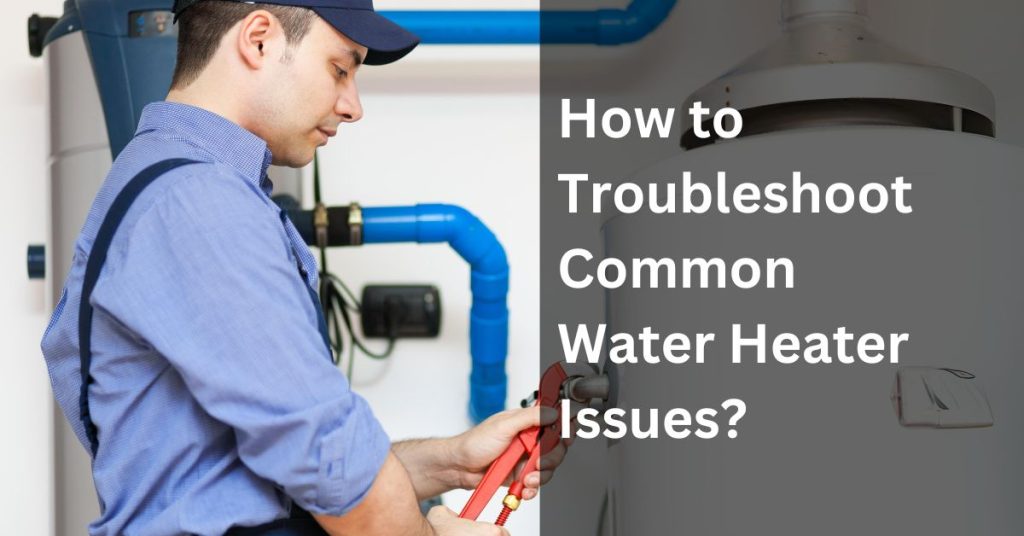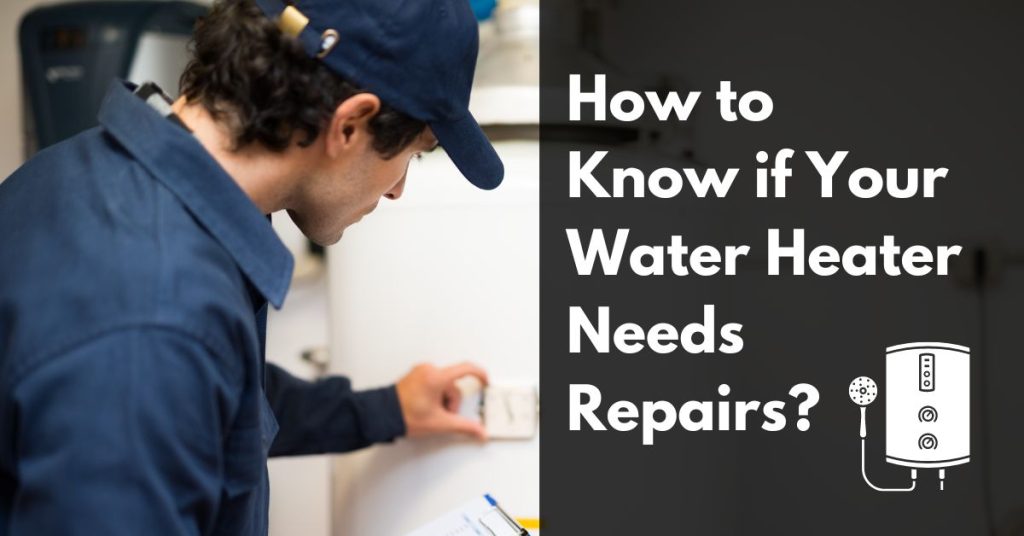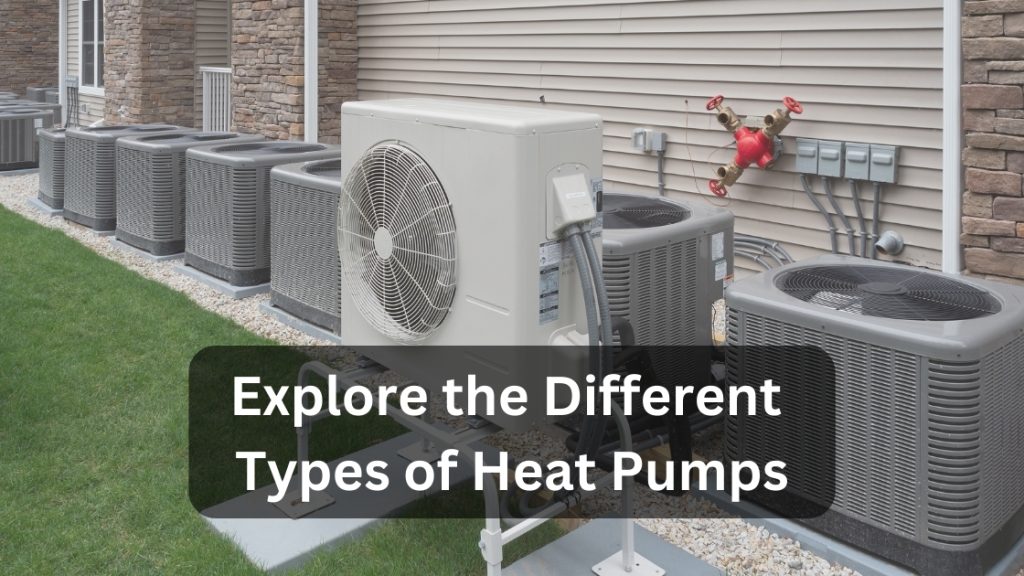Currently Empty: $0.00
How to Choose the Right Fire Sprinkler System for Your Building?
Fire sprinkler systems play a crucial role in safeguarding lives and protecting properties against devastating fires. When it comes to selecting the right fire sprinkler system for your building, there are several critical considerations to take into account. The choice of system depends on factors such as building type, occupancy, construction materials, and specific fire safety requirements for building. This article will explore the typical considerations involved in choosing the most suitable fire sprinkler system for your building.
Contents
- 1 Factors to Consider While Choosing the Right Fire Sprinkler System for Your Building
- 1.1 1. Building Type and Occupancy
- 1.2 2. Fire Protection Objectives
- 1.3 3. Water Supply and Pressure Requirements
- 1.4 4. Building Size and Layout
- 1.5 5. Construction Materials
- 1.6 6. Local Fire Codes and Regulations
- 1.7 7. Ceiling Height and Clearance
- 1.8 8. Environmental Factors
- 1.9 9. Integration with Other Fire Safety Systems
- 1.10 10. Maintenance and Testing Requirements
- 2 Conclusion
Factors to Consider While Choosing the Right Fire Sprinkler System for Your Building
1. Building Type and Occupancy
The first step in selecting the appropriate fire sprinkler system is to determine the building’s type and occupancy classification. Different types of buildings have varying fire hazards and safety requirements. For instance, a high-rise office building will have different fire protection needs than a warehouse or a residential complex. Understanding the building’s intended use and occupancy will help in tailoring the fire sprinkler system to its unique needs.
2. Fire Protection Objectives
Identifying the fire protection objectives is vital for designing an effective fire sprinkler system. For some buildings, the main objective might be life safety, while for others, it may be property protection or both. By understanding the primary goal, fire protection professionals can ensure that the chosen system meets the required safety standards.
3. Water Supply and Pressure Requirements
The availability of an adequate and reliable water supply is essential for the proper functioning of a fire sprinkler system. Considerations such as the water pressure, flow rate, and available water sources must be evaluated during system selection. Buildings located in areas with water scarcity might require additional water storage and pump systems to meet the fire protection demands.
4. Building Size and Layout
The size and layout of the building have a direct impact on the design and installation of the fire sprinkler system. Larger buildings may require more extensive piping networks and additional control valves to effectively cover all areas. Complex layouts, such as those with multiple levels or unique architectural features, need careful planning to ensure even coverage.
5. Construction Materials
The construction materials used in the building’s structure can influence the fire sprinkler system choice. For example, buildings with highly combustible materials might require more robust and quick-acting sprinkler heads. Fire-resistant materials may allow for more extended evacuation times, affecting the sprinkler system’s activation time.
6. Local Fire Codes and Regulations
Compliance with local fire codes and regulations is non-negotiable when choosing a fire sprinkler system. Fire safety regulations are put in place to ensure that buildings meet minimum safety standards. Ignoring these codes can result in penalties, and more importantly, compromise the safety of occupants and property.
7. Ceiling Height and Clearance
The height of the ceiling and the clearance from the ceiling to the sprinkler heads are vital considerations. Ceiling height affects the sprinkler’s coverage area, and the clearance ensures unobstructed water dispersion. For buildings with high ceilings, specialized sprinkler heads or pressure adjustments might be necessary.
8. Environmental Factors
Environmental factors like temperature, humidity, and potential exposure to corrosive substances can impact the system’s performance and durability. In cold climates, for instance, freeze-resistant sprinkler heads or insulation measures may be required to prevent water freezing and pipe damage.
9. Integration with Other Fire Safety Systems
Fire sprinkler systems should be integrated with other fire safety measures in the building, such as smoke detectors, fire alarms, and emergency lighting. The seamless integration ensures a coordinated response to any fire incident, enhancing overall fire safety effectiveness.
10. Maintenance and Testing Requirements
Regular maintenance and testing are crucial to keep fire sprinkler systems in optimal working condition. Consider the maintenance requirements and costs when selecting a system, as neglecting proper upkeep can compromise its functionality during an emergency.
Comprehensive Guide to Fire Sprinkler Systems: Types, Operation, Maintenance, and Importance
Conclusion
Selecting the right fire sprinkler system for your building is a decision that should not be taken lightly. By considering factors like building type, occupancy, water supply, construction materials, local regulations, and more, you can ensure the system meets the specific fire protection objectives and provides reliable safety for occupants and property. Collaborating with experienced fire safety professionals and following best practices will help guarantee the effectiveness and longevity of the chosen fire sprinkler system, offering peace of mind in the face of potential fire hazards.
Installing a sprinkler system and maintaining the plumbing service is important to buildings and can be more affordable than you might think. In fact, it could save your money in the long run by preventing costly fire damage. Ultimately, the availability of reputable fire sprinkler system installation services is a testament to the community’s commitment to fire safety. These services play a critical role in fortifying homes, businesses, and industrial facilities against the unpredictable threat of fires, ensuring that these buildings remain a safe and resilient region for residents and visitors alike.
Fire sprinkler systems have various benefits that are important for fire safety regulation. If you are located near Sonoma County, CA, you can contact an expert fire sprinkler installation services that will meet all your plumbing related needs.














